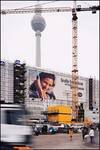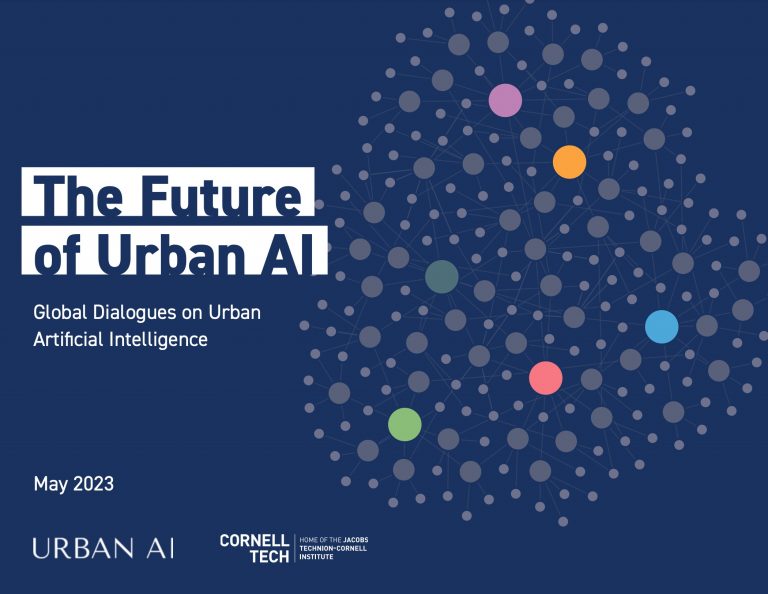Berlin comes in from the cold [Financial Times]
[In the early 1990’s it was thought] that the [city’s] population would double as corporate giants flocked to the city to serve the virgin markets of eastern Europe. In June 1991, parliament decided with a six-vote majority to move the federal government from its leafy exile in Bonn back to the capital, taking the first step towards restoring the old Prussian garrison city to its role as the political, cultural and economic lighthouse of the German-speaking world.
Fifteen years on, the civil servants and politicians are over their Rhineland homesickness, but with 3.39 million people, Berlin is not any bigger. Its unemployment rate, at 18 per cent, is the highest of large German cities. Since 1995, employment has contracted by 5 per cent and its economy has shrunk by a tenth. Berlin was the birthplace of German industry and in 1925 had 1.7m manufacturing jobs. This number was down to 350,000 in 1991 and is fewer than 100,000 today. With less than half of its e20bn budget covered by tax, and debts of e60bn rising by more than e3bn a year, it is practically bankrupt.
Scanning the pockmarked face of Alexanderplatz, you might find it hard not to conclude that the Berlin experiment – the most daring political and economic engineering venture “since the opening up of Japan in the 19th centuryâ€, in the words of a local politician – has failed. But has it?
Since 1998, according to the DIW economic institute, Berlin’s software industry has doubled in size; the advertising sector has grown 66 per cent; and high-tech, media and tourism are booming. In 2004, the capital’s creative industry overtook Hamburg and Munich in size.
Such dynamism has not nearly made up for the violent shrinkage of industrial capacity that continues today. What these figures suggest, though, is that Berlin is in the midst of accelerated change. While not without pain, the city is building a post-industrial economy that could become a plausible prototype for the Germany of tomorrow. If the Berlin experiment has failed, it has failed in a very interesting way.




